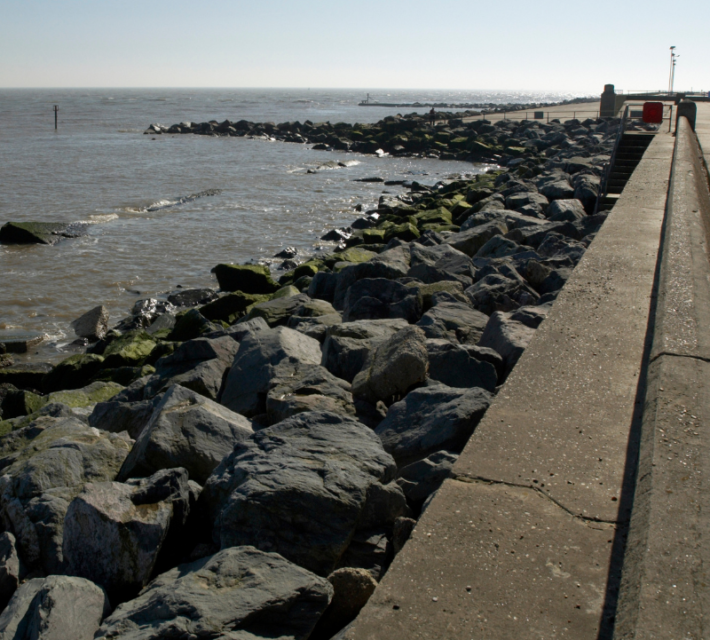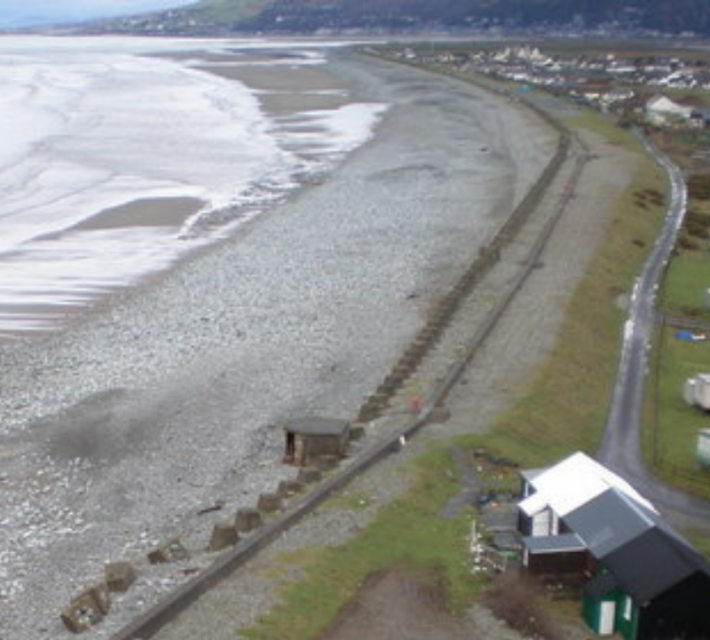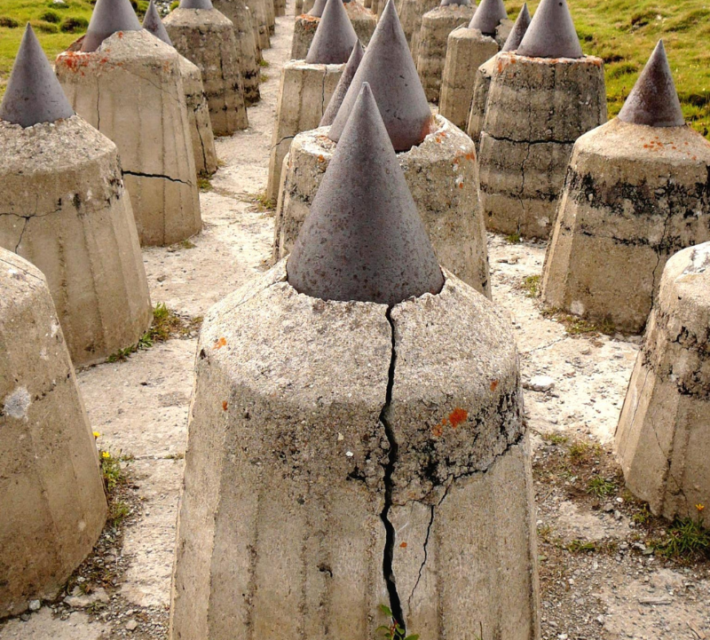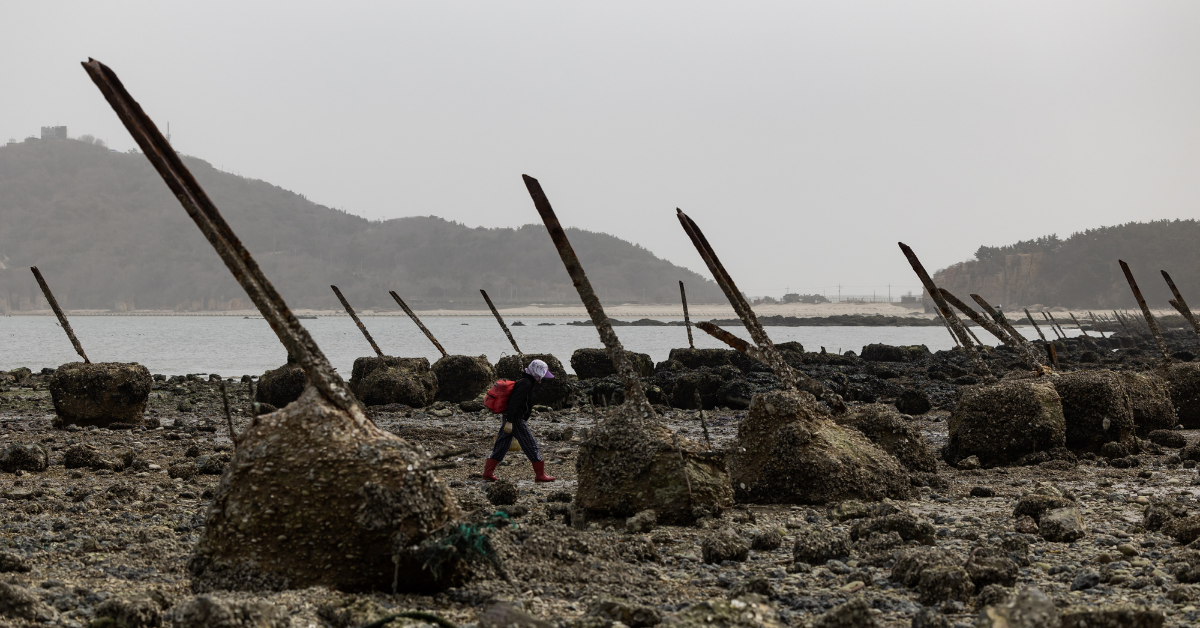Work is now in motion to remove remnants of World War II–era anti-tank trap “dragon’s teeth” located on a Suffolk beach. The traps were placed on Kessingland beach during the Second World War to help defend against a potential German invasion.
Now, the devices have been revealed by the natural erosion of the beach and pose a lethal danger to the public. The fortifications themselves are large, vertical iron spikes set in concrete blocks and buried in the sand. Known as dragon’s teeth, the jagged metal spikes are left exposed at low tide.
The land is owned by The Crown Estate, which will be paying for the removal of the spikes and has issued the appropriate warnings to locals and nearby sea-goers. Work is expected to take five days and will be performed within three hours before and after low tide.

A Marine Management discussion has previously suggested the removal of the dragon’s teeth earlier this year, saying: “Due to the public safety risk these structures pose, The Crown Estate are proposing to remove the scaffold structures, as well as removing the metal sections of the dragon’s teeth which are exposed on the beach at low tide.
“Once the removal works are complete, fixed marker beacons are to be installed in the water to mark the extent of the remaining dragon’s teeth and concrete blocks, and to minimize the risk arising from these potential hazards to the general public.”
East Suffolk Council has no objection to the plans.
The location in which the teeth are set is near Lowestoft, a historically significant town that contains some of the earliest known evidence of mankind’s settlement in Britain. As well, the town played a key role in both WWI and WWII.

The German Navy bombarded Lowestoft, partly due to its importance as a hub of minesweeping vessels, but also to bait British warships out to sea, where they could then be destroyed.
Again, the town was bombed in WWII by the Luftwaffe because of its naval base and industrial nature. It is often claimed to be the most bombed town in the U.K. in relation to its population size.
Kessingland beach was, like many beaches around the UK at that time, prepared for the expected German invasion.

Dragon’s teeth are a type of defensive fortification used to slow down or stop the passing of enemy forces, in particular tanks. They were popularized in strategic defensive lines like the Siegfried Line and the Atlantic Wall, where they were used extensively. The design can vary wildly, from simple metal spikes as seen on Kessingland beach, to pyramidal concrete blocks.
More from us: 1410 Battle of Grunwald Sword Unearthed In Poland
Other types, like the famous Czech hedgehog and Jersey barriers, can also be used. The teeth are placed in a specific pattern to prevent any vehicles from moving between them and are often fronted by barbed wire and interlaced with mines to prevent the passing of troops. On top of this, pillboxes and bunkers can be strategically placed to fire on any forces attempting to cross the dragon’s teeth.
As they are relatively simple to construct, it isn’t uncommon to see multiple rows of them in a defensive network.
